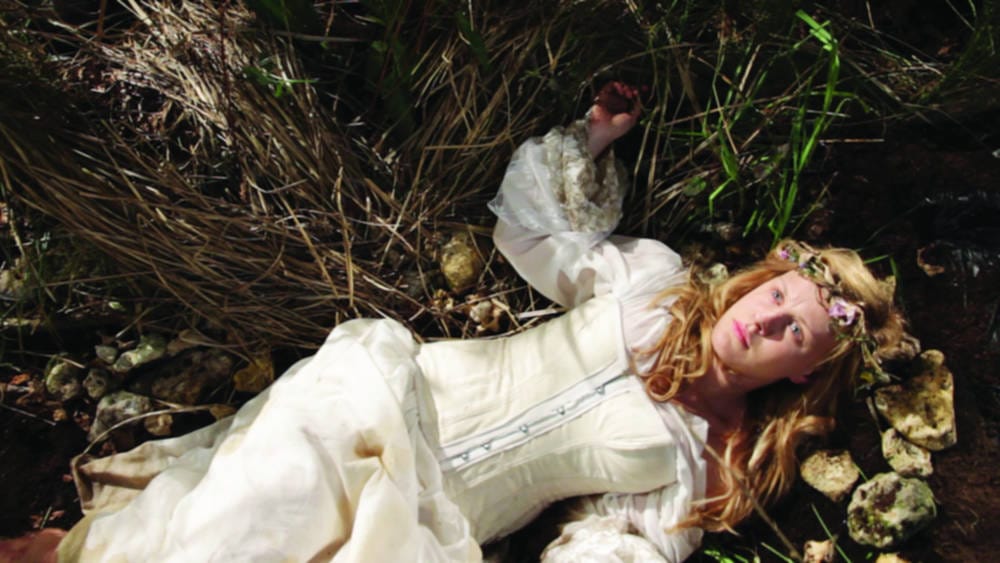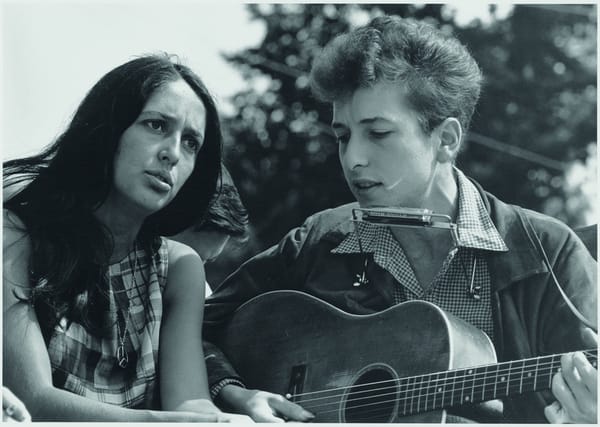Casting women in male roles is not a gimmick
In a time when all-female casts are still seen as a gimmick Jack Steadman discusses the importance of bending and breaking original texts and taking gender off the list of casting specifications

Shakespeare. “Who owns Shakespeare? “. This is the idea Phyllida Lloyd and company set out to challenge with her all-female production of Julius Caesar at the Donmar Warehouse in 2012.
It’s easy to dismiss that move as a gimmick, a knock-off copy of the all-male Shakespeare productions that pop up like clockwork, but with none of the historical authenticity those productions claim to wield. However such dismissal would be misguided, both when it comes to intentions and results. Lloyd accepted that first directing job at the Donmar Warehouse on the basis that she would like to direct something with a cast that would be at least half female, before realising that she actually wanted to go even further in addressing theatre’s gender imbalance. And as for results, by virtually all accounts, the play was a success, with winning reviews and contented audiences across the board.
Of course, success doesn’t actually make all-female Shakespeare not a gimmick per se. But it does make it successful, on this occasion anyway. Regardless, Lloyd and company returned to all-female Shakespeare in 2014 with a production of Henry IV (also at the Donmar), which was announced to be the second part in what would now be a trilogy of all-female productions directed by Lloyd. Similarly praised, similarly successful, and (depressingly) still seemingly against the norm.
And now, two years later, we’re at the final part: Lloyd’s all-female The Tempest has opened – not at the Donmar, but at a new, purpose-built, in-the-round theatrical space at King’s Cross (if you want your gimmick, there it is. Pop-up, purpose-built theatres). All signs so far point to a similar result of critical praise and audience adulation. But does that mean they can be taken as proof that women can handle Shakespeare’s biggest roles as well as the men?
Michael Billington, The Guardian’s lead critic, in his mostly positive review of that 2012 production of Julius Caesar, suggests that its success doesn’t mean “we should get carried away and start arguing that single-sex Shakespeare is the only way forward.” He does have a point. All-male Shakespeares run the risk of dissolving into what can only be called historical intellectual masturbation, becoming trapped by their slavish loyalty to the original production. There is nothing more boring than a Shakespeare with nothing interesting to say, and you certainly can’t accuse an all-female Shakespeare of that.
Does that then mean that all of Shakespeare’s roles can be played by anyone, of any gender? It’s a question that has an obvious answer – yes, of course they can
But ‘not boring’ alone doesn’t really help answer the question. Do Lloyd’s three productions, all part of one big project, really work as evidence for women being able to play male roles? Just because it was successful in this case, and an extreme case at that, does that then mean that all of Shakespeare’s roles can be played by anyone, of any gender? It’s a question that has an obvious answer – yes, of course they can – but it seems to have taken the world of theatre an awfully long time to get there.
Julius Caesar was a theatrical revelation when it landed, but it’s hard to escape the sense that it still feels like an abnormality in the general currents of male-drive Shakespeare. The words “all-female Shakespeare” do not feel instantly at home, do not inspire the general indifference that greets “all-male Shakespeare”. The all-female Tempest still feels like a big deal. But it’s not like females tackling Shakespeare is new.
Take Hamlet. The Crown Prince of Denmark is quite possibly the goal in theatre for any young, aspiring actor. But that hasn’t stopped Hamlet being played by women – as early as 1777, Sarah Siddons was playing the prince in Manchester, while in the same year as Lloyd’s Henry IV, Maxine Peake appeared as Hamlet in a production at the Royal Exchange, in Manchester yet again. It can and does happen but it’s not exactly a daily occurrence. Peake was the first female Hamlet in thirty-five years. That being said, the current crop of shows in London theatres does seem to suggest that things might finally be on the mend. As The Tempest plays in the Donmar’s new King’s Cross theatre, over the river in Waterloo the Old Vic is staging King Lear with veteran actress Glenda Jackson in the title role. Billed as Jackson’s return to the stage (after a good few decades away serving as an MP), the production goes up against a more traditional one by the Royal Shakespeare Company, with Anthony Sher in the same role. Neither production reduces the other – if anything, the prospect of seeing two titans of the field try their hand at the role should have Shakespeare-loving audiences salivating.

Further east along the river, over at Shakespeare’s Globe, things have ventured even further from the traditional – and, admittedly, away from the subject of women playing men (and instead into the realm of just redefining the texts around the women). Under new artistic director Emma Rice, the theatre has taken a bold new approach to the texts, unafraid to try unconventional approaches where previously they followed a more softly authentic approach (particularly under Mark Rylance). This has thus far culminated in Imogen – a production of Cymbeline that shifts the focus onto King Cymbeline’s daughter, Imogen (who actually has more lines than the king in the original text, since you didn’t ask), and renames the whole thing more appropriately in the process. And if the Globe, the very home of Shakespeare in London and (along with the RSC) the authority on Shakespearean productions, can pull off something like that, then why can’t everyone else? When will we see the likes of Ophelia? Actually, that’s a bit of a trick question: we already have seen it in the case of Ophelia, in a production by Katie Mitchell at the Royal Court earlier this year, but I digress.
We are still in the phase where seeing women play the likes of Hamlet, Lear, Prospero and Macbeth does still feel, despite itself, a little like a gimmick. It’s ultimately an unfortunate side-effect of their rarity, and until such gender-blind casting becomes the norm, it’ll probably continue to feel that way. But that doesn’t diminish the power, urgency, and thrill of the switch, and it certainly doesn’t render them innately bad or wrong. And sure, there will be the odd bum performance, just as there is with their countless male equivalents.
We are still in the phase where seeing women play the likes of Hamlet, Lear, Prospero and Macbeth does still feel, despite itself, a little like a gimmick
One of the many joys of theatre, but especially of Shakespeare, is the way the original text can be bent, broken, and reforged into something new with every production. The story may stay the same, but through changes in setting, in casting, in any one of many factors, the play can be found anew. Casting women in the ‘male’ roles of the play is just one way to achieve that – but it’s also a way that provides the added bonus of seeing some of our greatest actors tackle some of our greatest roles.
Seeing women take on the mantles previously expected to be worn only by men feels more important than ever, especially in a year where we might – finally – see a woman take on the ultimate male-only mantle: President of the United States. Try and call that a gimmick.









